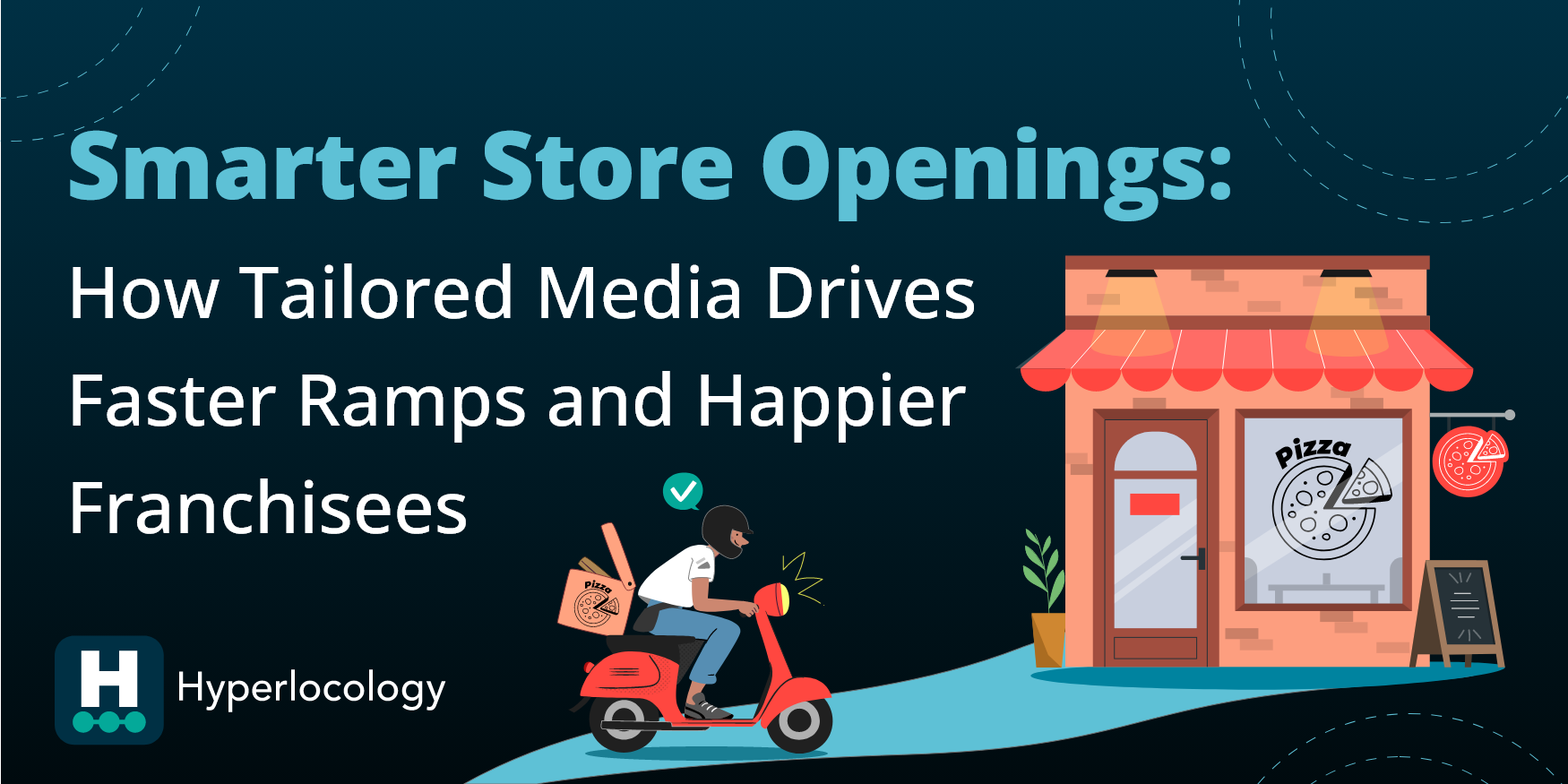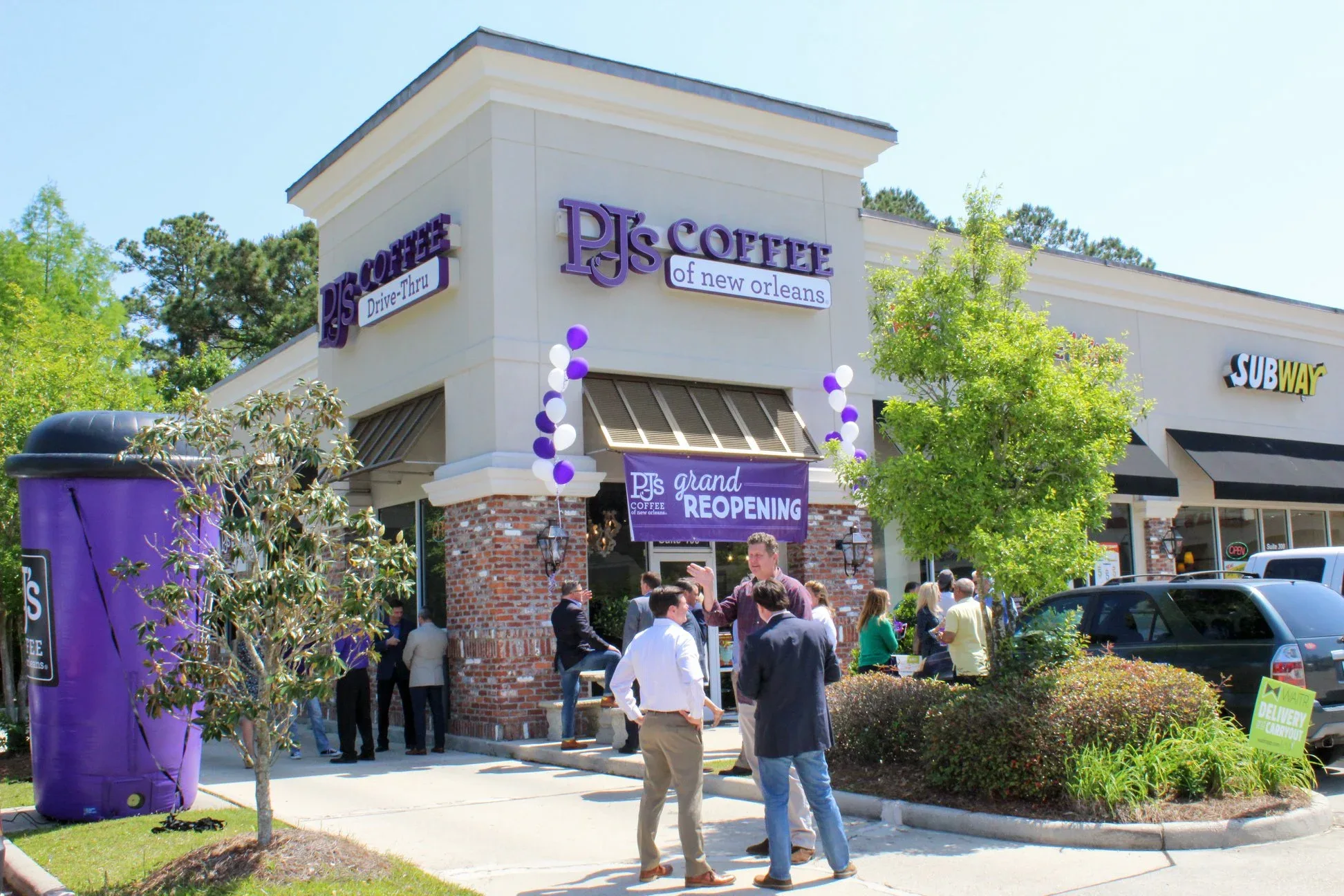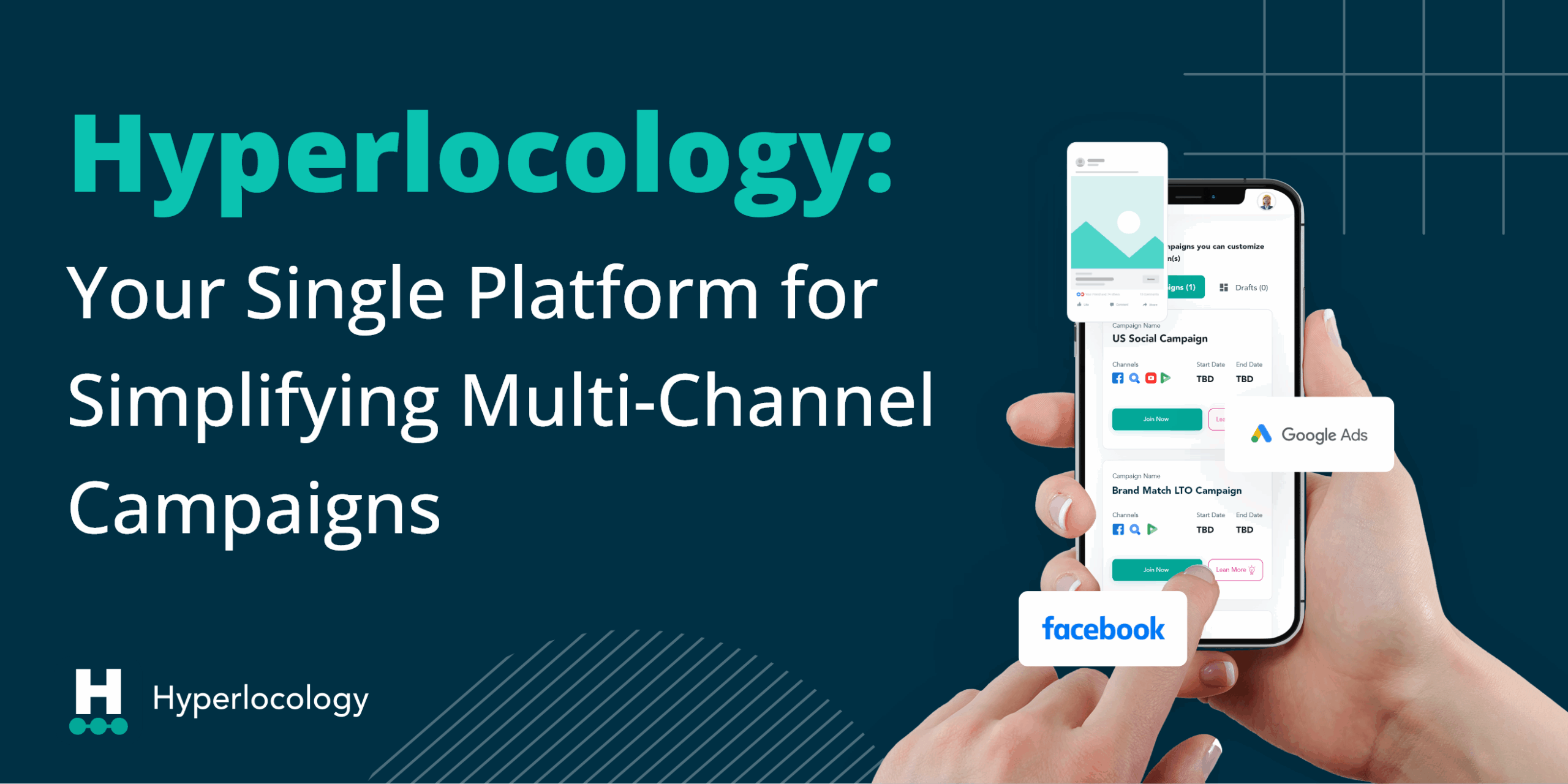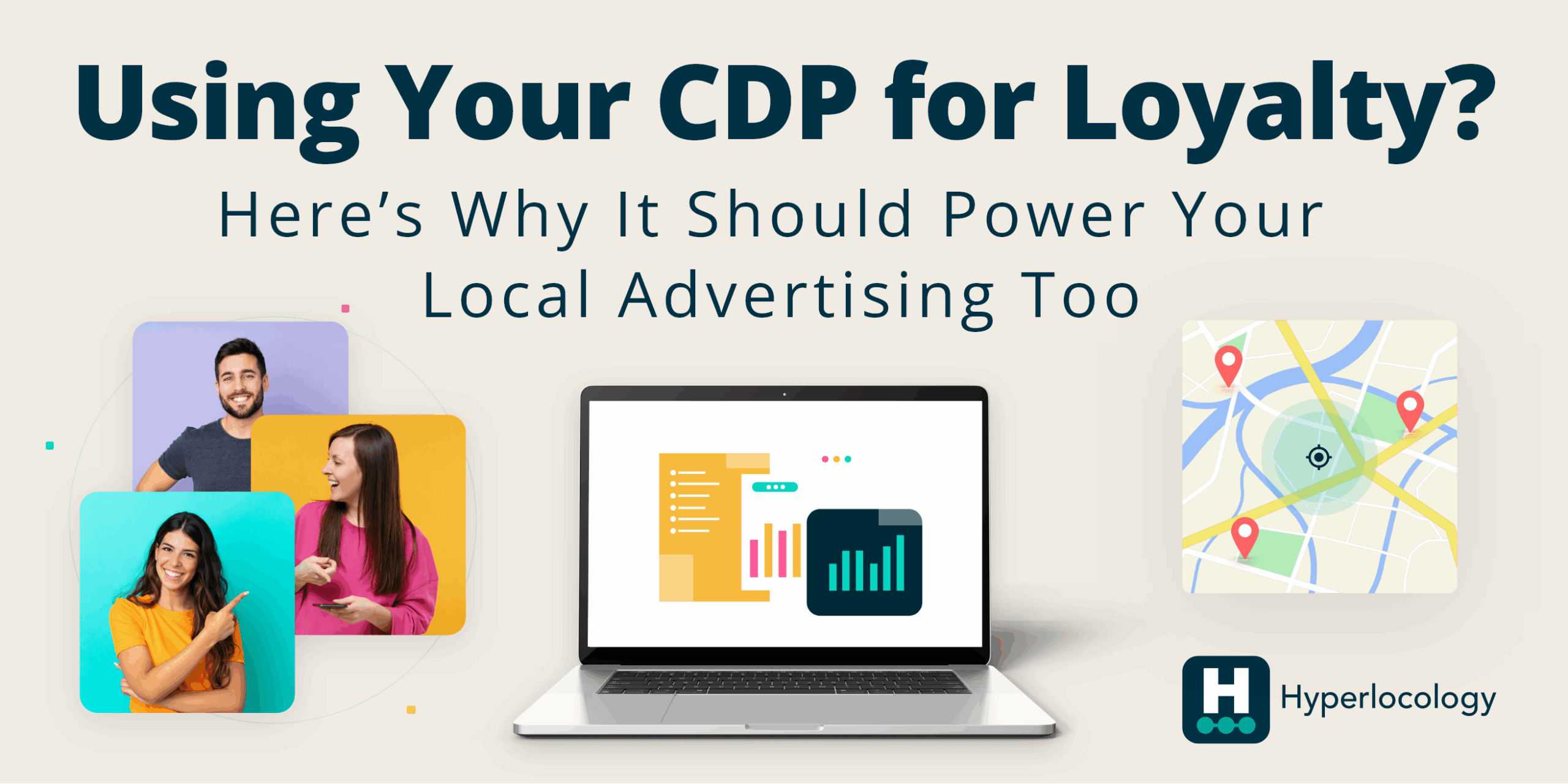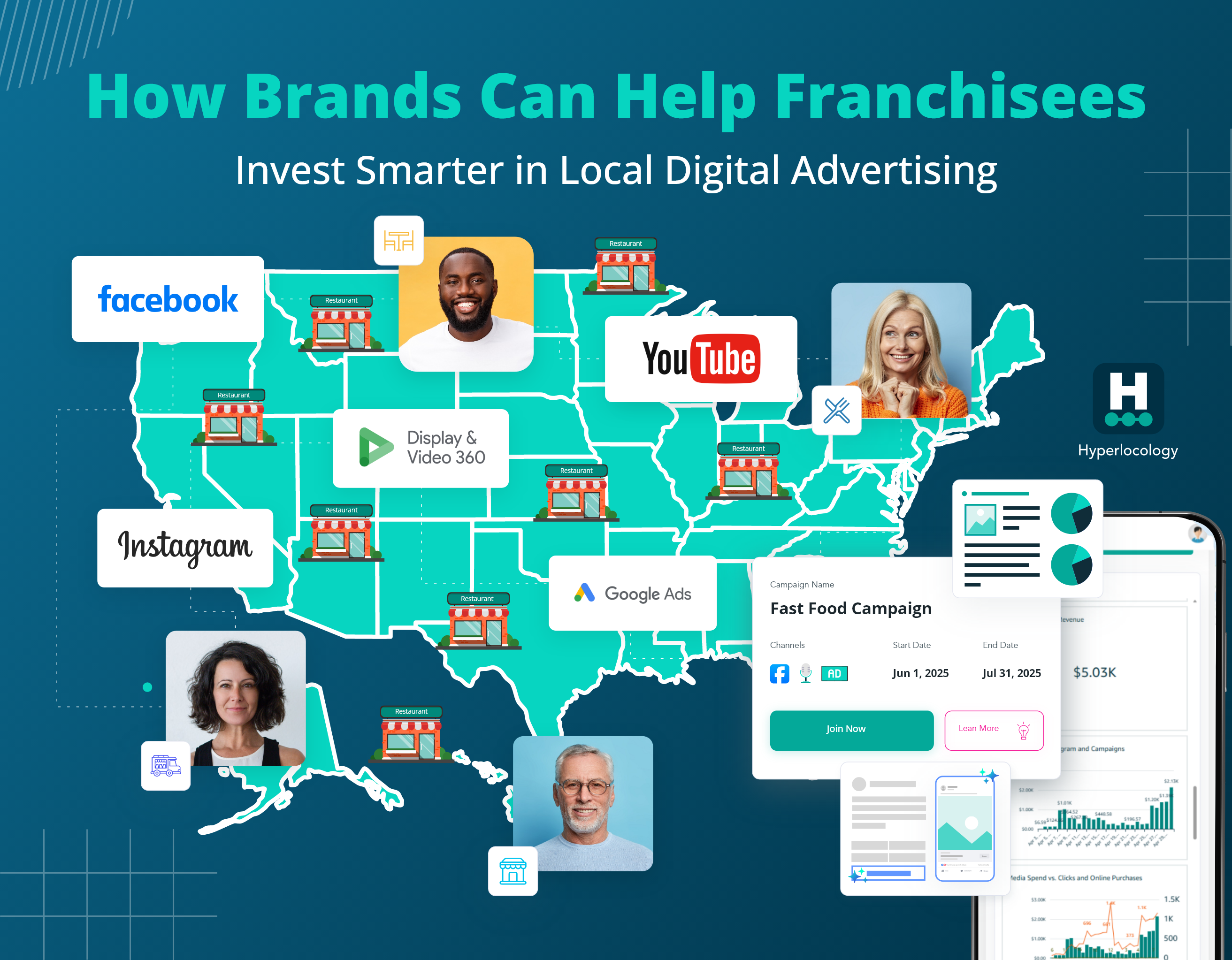
3 min Read
The New Programmatic is Local and Cross Channel
Cost effective. Data driven. Measurable. Programmatic marketing works. However, it’s just now being approached differently than in the past decade, and multi-location brands have the most to gain and are leading this paradigm shift.
For the last decade, brands running programmatic digital marketing have taken a top down approach. Applying algorithms from a national level to find pockets of success in specific geographies, across all brand locations, optimizing towards those that outperform KPIs. As patterns, trends and consumer indexing reveal themselves, optimizations are made nationally to drive more spend and better results to the geos that deliver.
The problems with top down marketing have been clear to multi-location brands for some time now.
Take one example – a franchisee who is required to contribute 5% of her revenue back into brand advertising programs. Her budget contribution goes into the national programmatic program, amongst other channels, which deploys a top down approach. Not only is it highly likely she won’t know the effectiveness of this marketing for her business, it’s also possible her location was completely optimized away from in favor of higher performing geos that the national programmatic algorithms determine. Her business is not being supported commensurate with her contributions.
With a top down approach many locations will be left behind. Many communities will never be understood, preventing the improved performance needed at the location level.
Programmatic marketing will never truly be local, unless more changes are made.
Individual location budgets need to be isolated, and these individual location budgets need to go further by leveraging the buying power of the brand. Machine learning must be able to do its thing in each and every community to truly uncover the right way to reach local consumers – and not rely on overly broad algorithms.
The days of a single programmatic partner are fading fast.
Ad dollars continue to flow to the self serve platforms of Google, Facebook, and Amazon where brands can intelligently reach consumers at scale. These “walled gardens” prevent third party programmatic partners/RTBs from playing inside, hence the name. However, it’s paramount that marketing programs include these walled gardens. In addition to a traditional programmatic partner, brands are now compelled to work with 3 or more self serve platforms each offering their own programmatic capabilities. So many platforms to master. So many siloed data sets.
As brands adjust to these changes, will it create the opportunity to re-evaluate programmatic altogether?
With change comes the opportunity to re-think strategy, personnel, technology and partners. The emergence of the walled gardens may just be the catalyst needed for all multi-location brands to re-evaluate holistically and reckon with the long-known problems of top down programmatic marketing.
The new programmatic is local and cross channel. Multi-location brands who view this changing landscape as an opportunity to make adjustments to the new paradigm, and find a partner or technology solution that can execute programmatic with isolated budgets and optimizations per location, across multiple channels and walled gardens, will be ahead of the curve.
{{cta(‘ec91a56e-4054-4b62-888d-098fe03885b5′,’justifycenter’)}}
Resources
Start running smarter local campaigns today.
Let’s show you how Hyperlocology powers performance at every location.
